Description
Okay, here’s an article about Butylated Hydroxyanisole (BHA), covering its uses, benefits, potential risks, and current regulations:
Butylated Hydroxyanisole (BHA): A Common Food Preservative Under Scrutiny
In the world of food science and manufacturing, preservatives play a vital role in extending the shelf life of products and preventing spoilage. One such preservative that you’ve likely encountered, even if unknowingly, is Butylated Hydroxyanisole, commonly known as BHA. Let’s delve into what BHA is, its uses, benefits, and the ongoing debate surrounding its safety.
What is BHA?
Butylated Hydroxyanisole (BHA) is a synthetic antioxidant consisting of a mixture of two isomers, 2-tert-butyl-4-hydroxyanisole and 3-tert-butyl-4-hydroxyanisole. It appears as a white or slightly yellow waxy solid. Chemically, BHA inhibits oxidation, a process that leads to rancidity in fats and oils and degradation of other food components.
Where is BHA Used?
BHA finds widespread application in various industries, primarily:
- Food Industry: BHA is used in a wide range of foods to prevent fats and oils from turning rancid. This includes:
- Cereals
- Potato chips and other snack foods
- Vegetable oils
- Chewing gum
- Baked goods
- Dehydrated potatoes
- Meat products
- Animal feed
- Cosmetics and Personal Care Products: BHA acts as an antioxidant to prevent the degradation of ingredients exposed to air. It is often found in:
- Lipsticks
- Moisturizers
- Makeup
- Hair products
- Packaging Materials: BHA can be incorporated into packaging materials for food to prevent oxidation of the contents.
Benefits of Using BHA:
- Extends Shelf Life: The primary benefit of BHA is its ability to prevent or delay oxidation, thus extending the shelf life of food products. This reduces food waste and allows for wider distribution and storage.
- Preserves Flavor and Color: By preventing rancidity, BHA helps maintain the desired flavor and color of food products, making them more appealing to consumers.
- Cost-Effective: BHA is a relatively inexpensive preservative, making it an attractive option for manufacturers seeking to control costs while maintaining product quality.
Potential Risks and Concerns:
The safety of BHA has been a subject of ongoing debate and research. Concerns primarily stem from studies suggesting potential carcinogenic effects in certain animal models.
- Carcinogenicity: The International Agency for Research on Cancer (IARC) has classified BHA as “possibly carcinogenic to humans” (Group 2B). This classification is based on evidence of tumor formation in the forestomach of rats and hamsters exposed to high doses of BHA. It’s important to note that the forestomach is a specific organ found in rodents but not in humans, which raises questions about the direct applicability of these findings to human health.
- Endocrine Disruption: Some studies suggest that BHA may have endocrine-disrupting properties, meaning it could interfere with the body’s hormonal system. However, the evidence for this is still limited and requires further investigation.
- Allergic Reactions: While rare, some individuals may experience allergic reactions to BHA.
Regulations and Guidelines:
Due to the concerns surrounding its safety, the use of BHA is regulated in many countries.
- United States: The Food and Drug Administration (FDA) allows the use of BHA in food at levels not exceeding 0.02% of the fat or oil content.
- European Union: The European Food Safety Authority (EFSA) has re-evaluated the safety of BHA and established an Acceptable Daily Intake (ADI) of 1 mg/kg body weight per day. BHA is permitted in food at specified levels. Some restrictions exist on its use in certain products.
- Other Countries: Regulations vary from country to country, but generally, the use of BHA is permitted within specified limits.
The Bottom Line:
BHA is a widely used antioxidant preservative that offers significant benefits in terms of extending shelf life and preserving the quality of food and other products. However, concerns about its potential carcinogenicity and endocrine-disrupting effects have led to ongoing scrutiny and regulatory oversight.
Consumers may choose to limit their exposure to BHA by:
- Reading food labels carefully and becoming aware of products that contain BHA.
- Prioritizing fresh, whole foods that are less likely to contain preservatives.
- Opting for products that use alternative preservatives, such as vitamin E (tocopherols) or rosemary extract.
While scientific research continues to evolve, understanding the potential risks and benefits of BHA empowers consumers to make informed choices about the products they use and consume. The debate surrounding BHA highlights the complexities of balancing the need for food preservation with the paramount importance of human health. More research is needed to fully understand the long-term effects of BHA exposure and to develop safer and more effective alternatives.

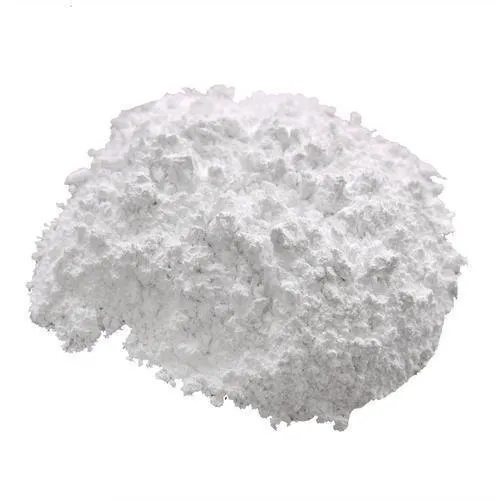
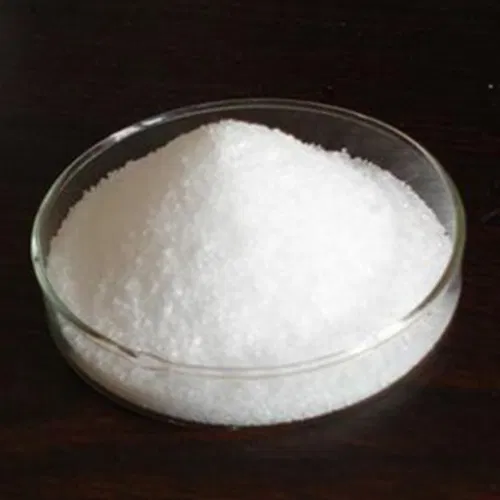
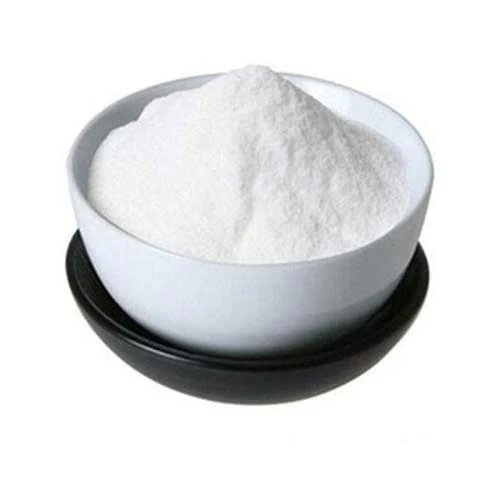
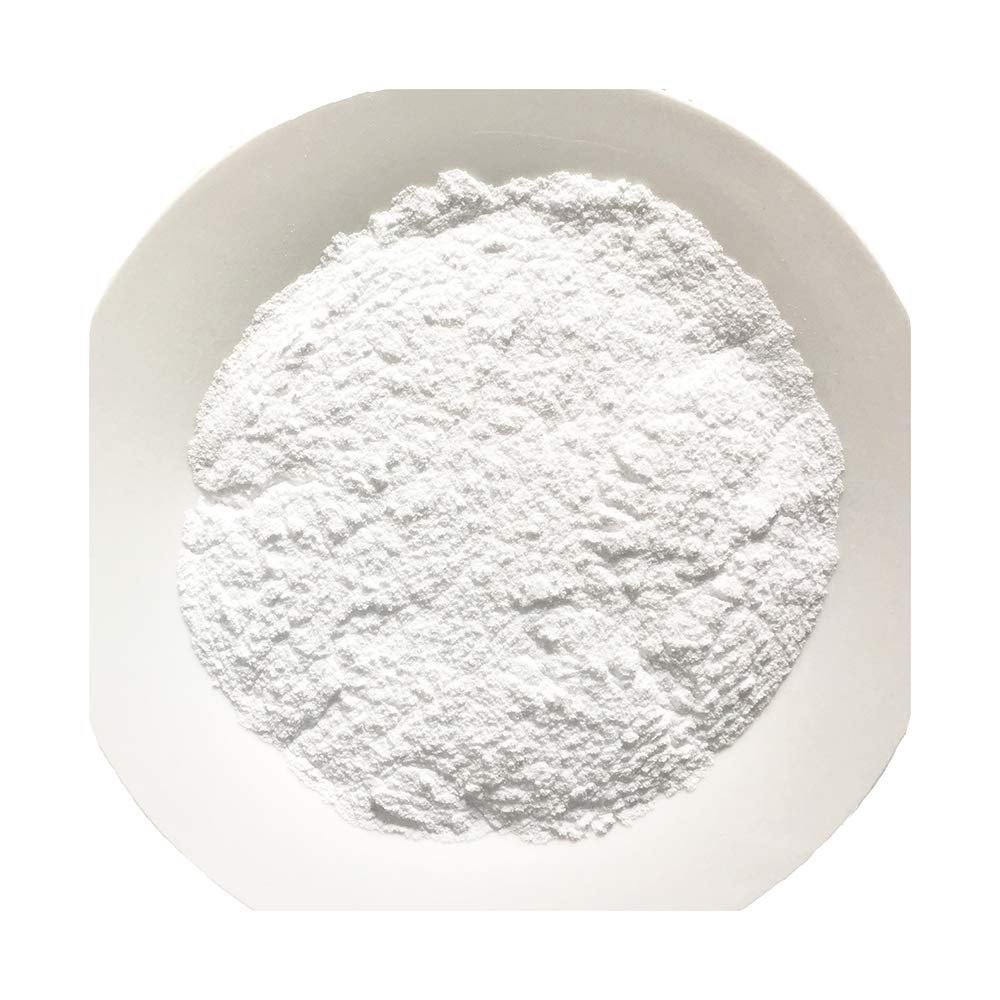
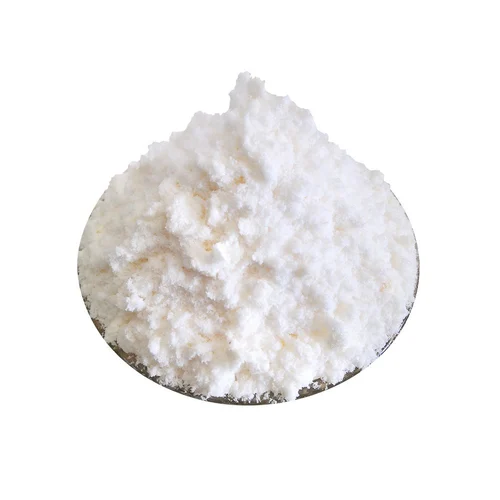
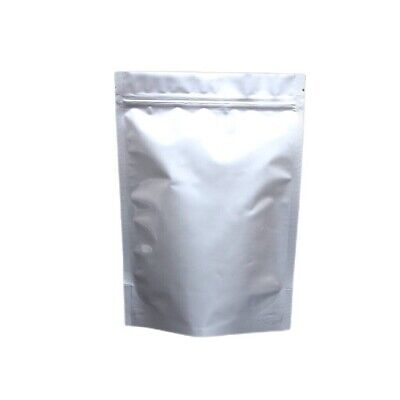


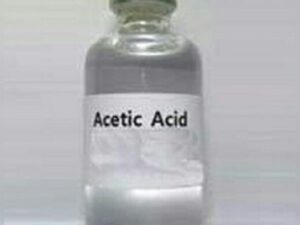

Reviews
There are no reviews yet.